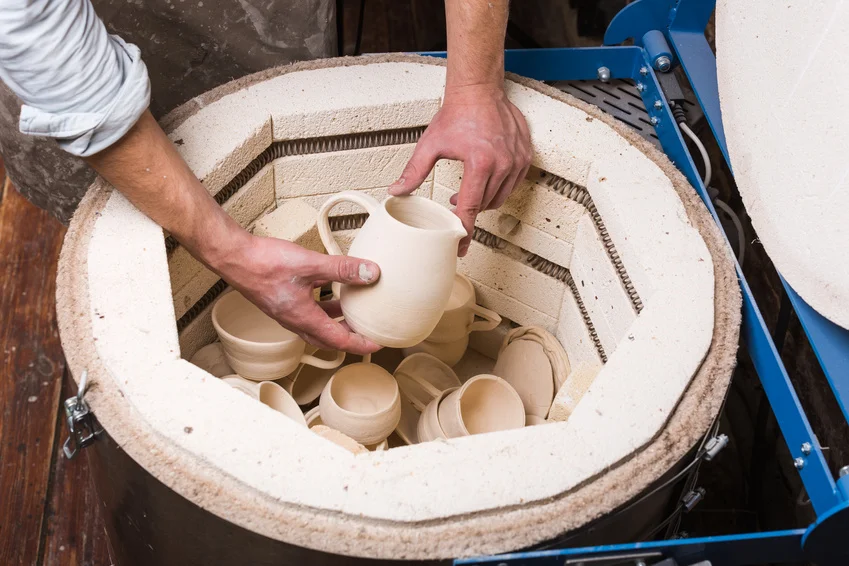Proper Kiln Maintenance and Care Schedule
The earliest known kilns date back to 6,000 BCE and were capable of firing up to 900 degrees Celsius (1,652 degrees Fahrenheit). Since then, kiln and firing technologies have evolved to maintain higher quality standards and finished products for artists. That being said, it's also up to the user to take proper care of their equipment. Here's what all artists should know about keeping up a proper kiln maintenance and care schedule.
After Every Use
After each kiln use, start by performing a visual inspection of the bricks as well as the element grooves for excess debris. If necessary, vacuum if out. Clean the shelves if necessary, and perform a second inspection for even small signs of visible damage. You should also ensure that any elements coming out of the grooves are returned back in place and properly pinned down if they need to be.
Every 10 (Or So) Uses
After around 10 uses of your kiln, unplug it and examine the end of the power cord. Look for any signs of damage from heat or oxidation that could make for unsafe conditions. If you do see any visible damage, replace the power cord before further use. When plugging the kiln back in after your inspection, make sure that it feels 'snug' inside the outlet. If not, the internal components could be coming loose, and you'll need to find a replacement.
Twice Yearly
Every six months or at around 25 firings, look at your kiln's vent hose. It may have sustained small holes, which can be patched with aluminum foil. If any of the internal wirings or connections of your kiln start to come loose or become discolored, replace them as soon as possible for better safety and quality. You should also consider buying new ceramic coating kits to give the equipment kiln a new and glossy finish. After all, ceramic is incredibly heat resistant and can withstand temperatures of 2,000 degrees Celsius (3,800 degrees Fahrenheit). ITC ceramic coating kits can withstand up to 5,000 degrees Fahrenheit.
Ultimately, keeping these tips in mind can help you maintain a kiln in the best condition possible. For more information about ceramic coating kits or ceramic coating suppliers, contact ITC Coatings.

